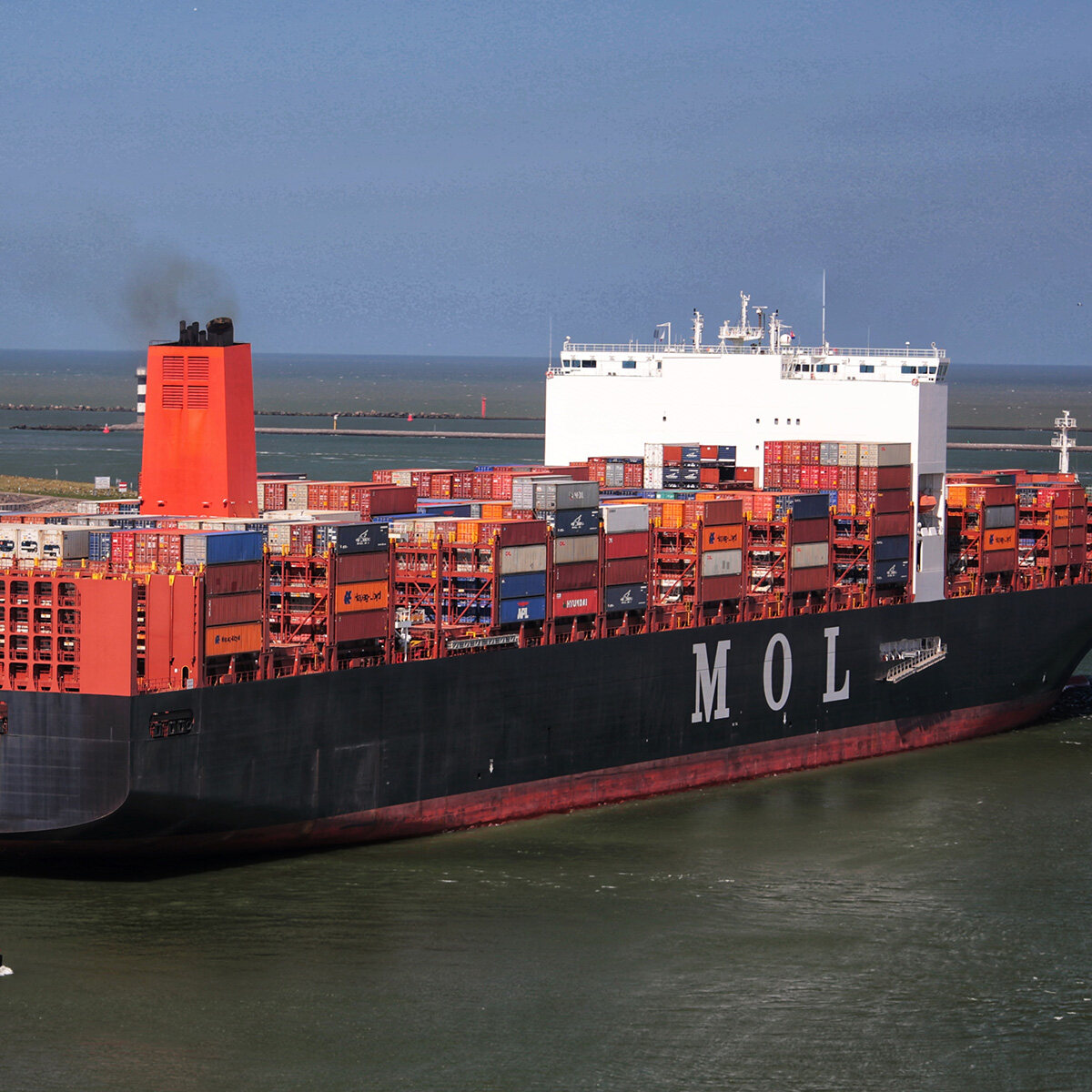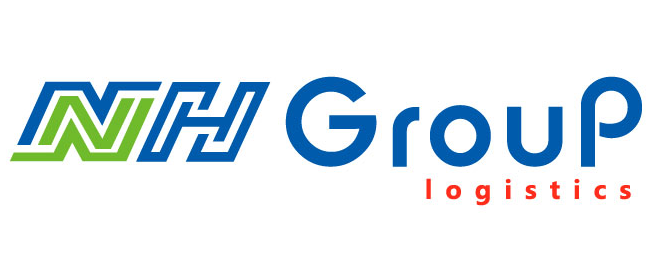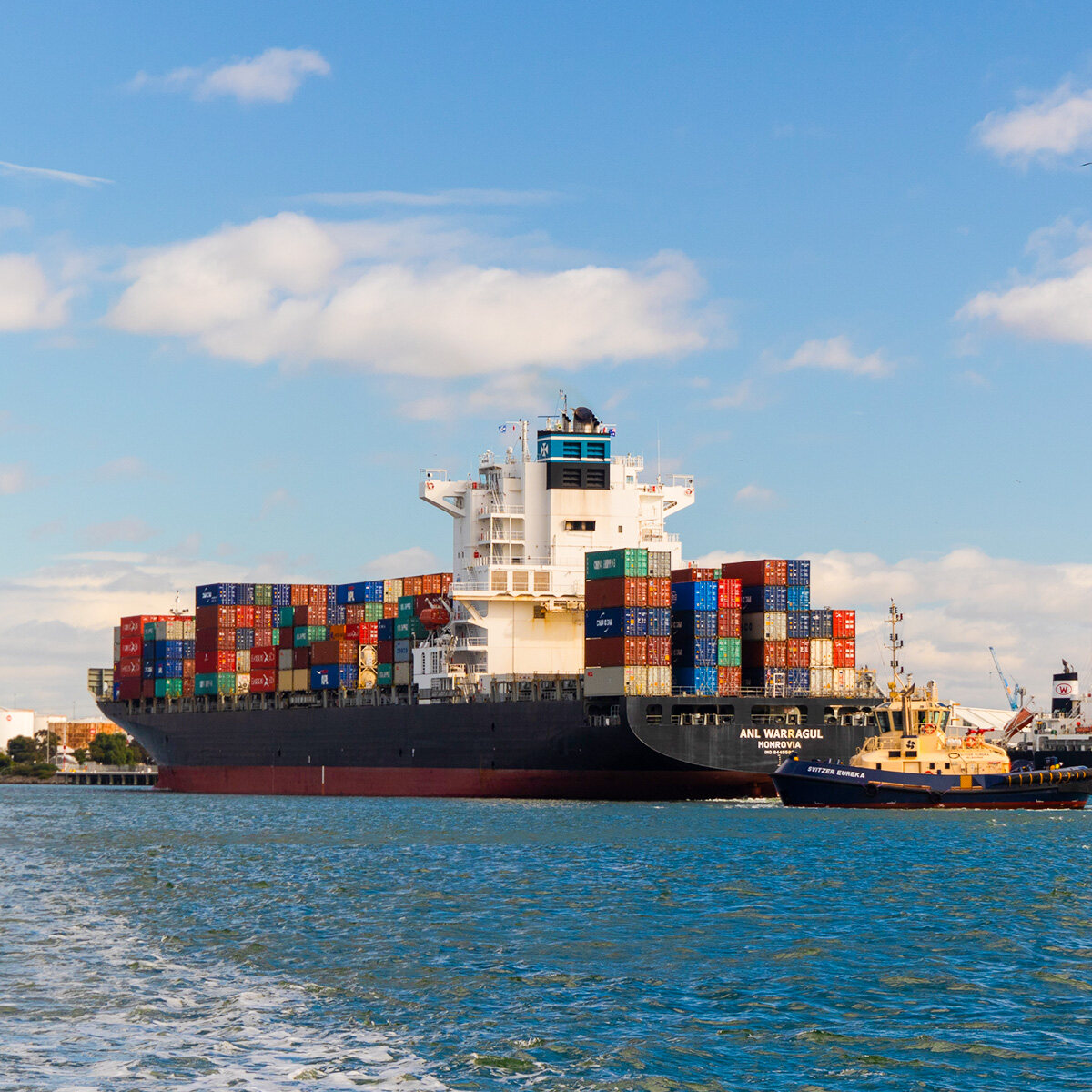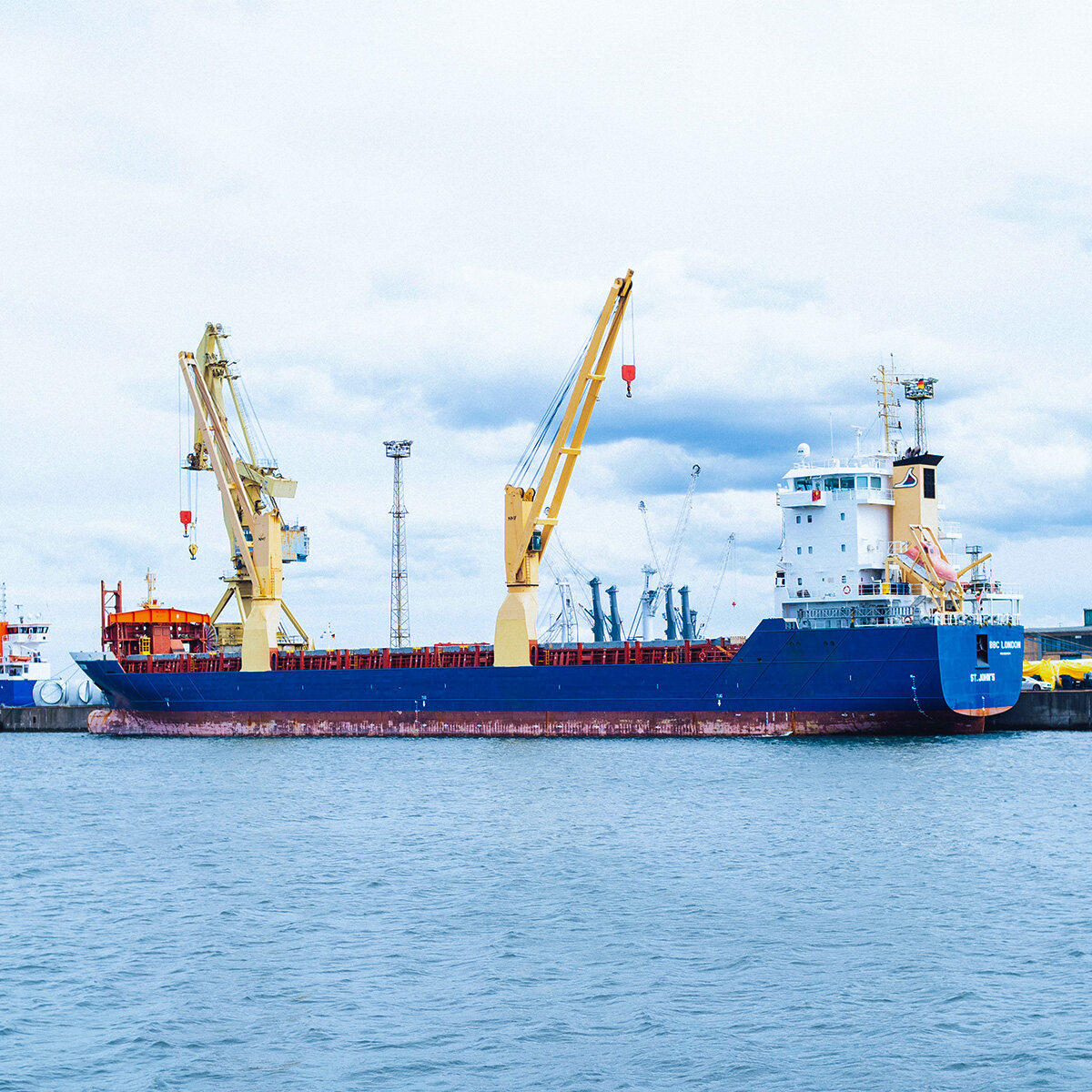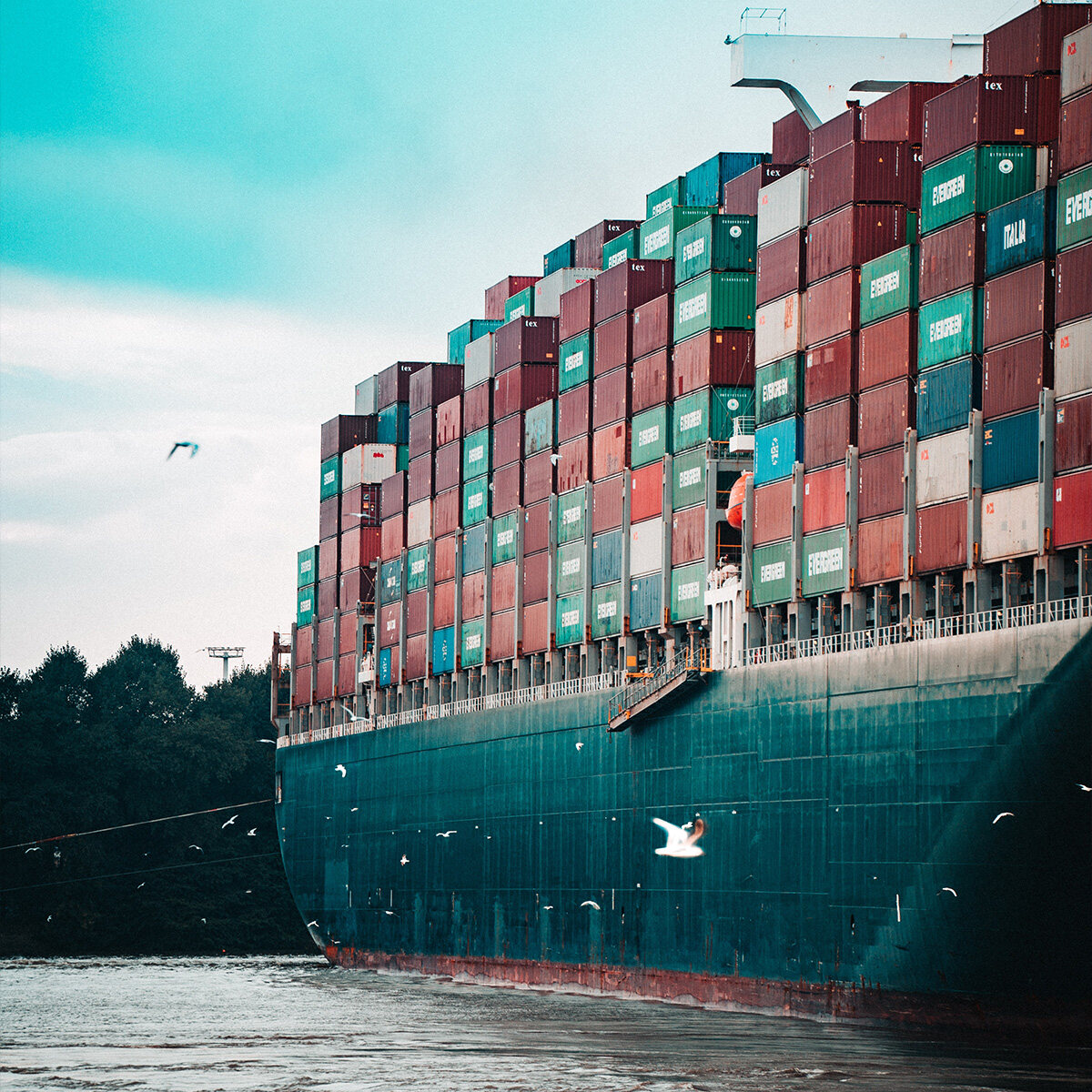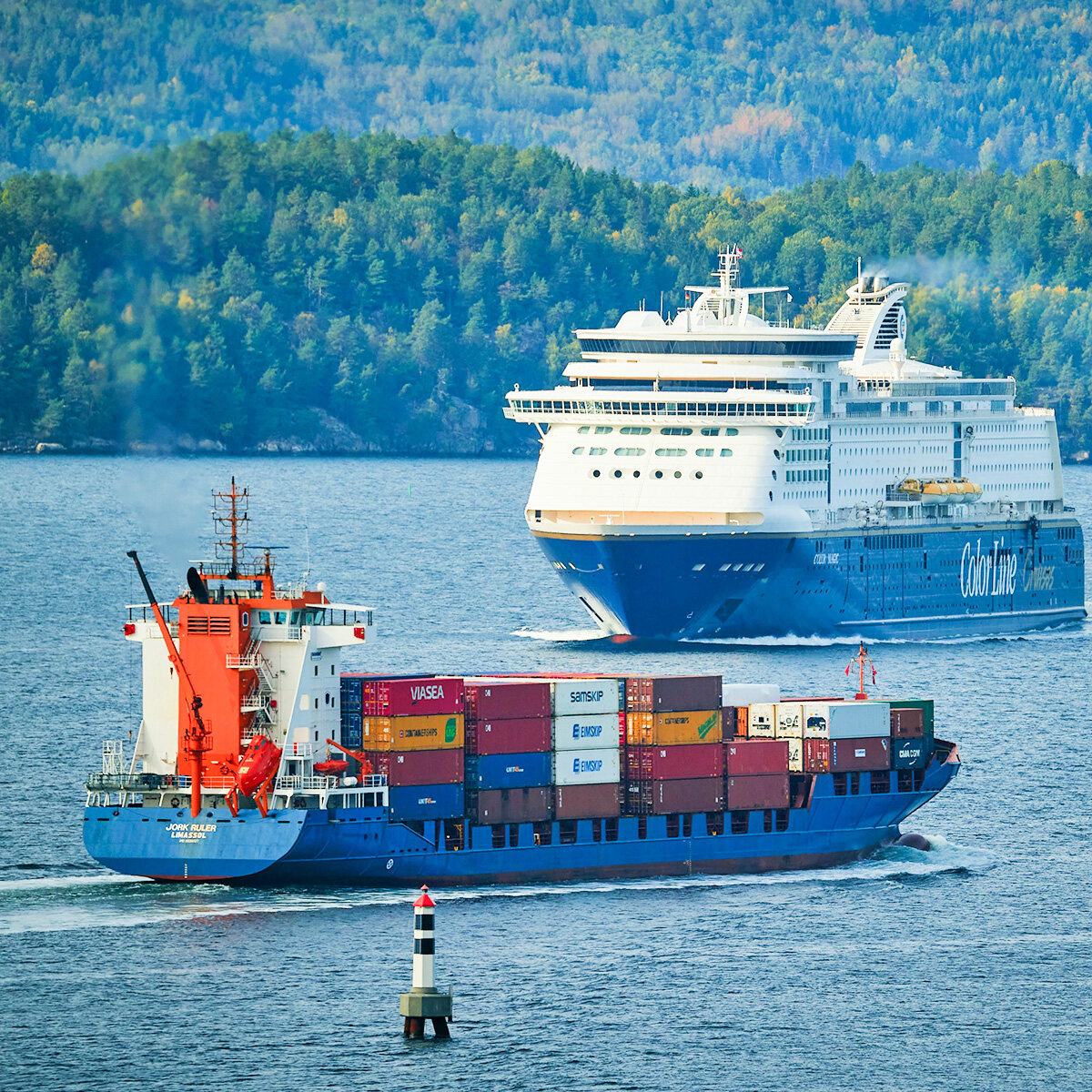Email format error
Email cannot be empty
Email already exists
6-20 characters(letters plus numbers only)
The password is inconsistent
Email format error
Email cannot be empty
Email does not exist
6-20 characters(letters plus numbers only)
The password is inconsistent

transporte de carga maritima internacional
Ocean freight is broadly defined as all business activities related to the sea. Up to now, the sea transportation mentioned by our institute generally means the sea transportation, such as bulk cargo transportation, container transportation and other port to port sea transportation. There are also different kinds of ocean freight, which need to be differentiated according to their products, destinations and countries.
Ocean Freight is broadly defined as all business activities related to the sea. Up to now, the sea transportation mentioned by our institute generally means the sea transportation, such as bulk cargo transportation, container transportation and other port to port sea transportation.
Classification of sea routes
1.Classified by ship operation mode:
(1) The term "regular routes" refers to routes that use fixed vessels, navigate at fixed shipping dates and ports, and operate passenger and cargo transport business at relatively fixed freight rates. Regular routes, also known as liner routes, mainly carry miscellaneous goods.
(2) Irregular routes are temporarily selected according to the needs of freight transport. Ships, shipping dates and ports are not fixed. It is a route mainly engaged in bulk and low-cost cargo transportation business.
2.According to the distance of voyage:
(1)OCEAN-GOINGSHIPPINGLINE refers to the transportation routes with long distance and ships sailing across the ocean, such as those from the Far East to Europe and America. It is customary for China to take the port of Aden as the boundary, and designate the routes to the west of the port of Aden, including the two sides of the Red Sea, Europe and the vast areas of North and South America as ocean routes.
(2)NEAR-SEASHIPPING LINE refers to the general name of the maritime transport routes from the ports of China to the ports of neighboring countries. China customarily refers to the routes in Asia and Oceania east of Port Aden as offshore routes.
(3)Coastal shipping line (COASTAL SHIPPING LINE) refers to the maritime transport route between the coastal ports of the country.
3.Classification according to the scope of navigation:
(1) Atlantic route
(2) Pacific route
(3) Indian Ocean Route
(4) Round the world route
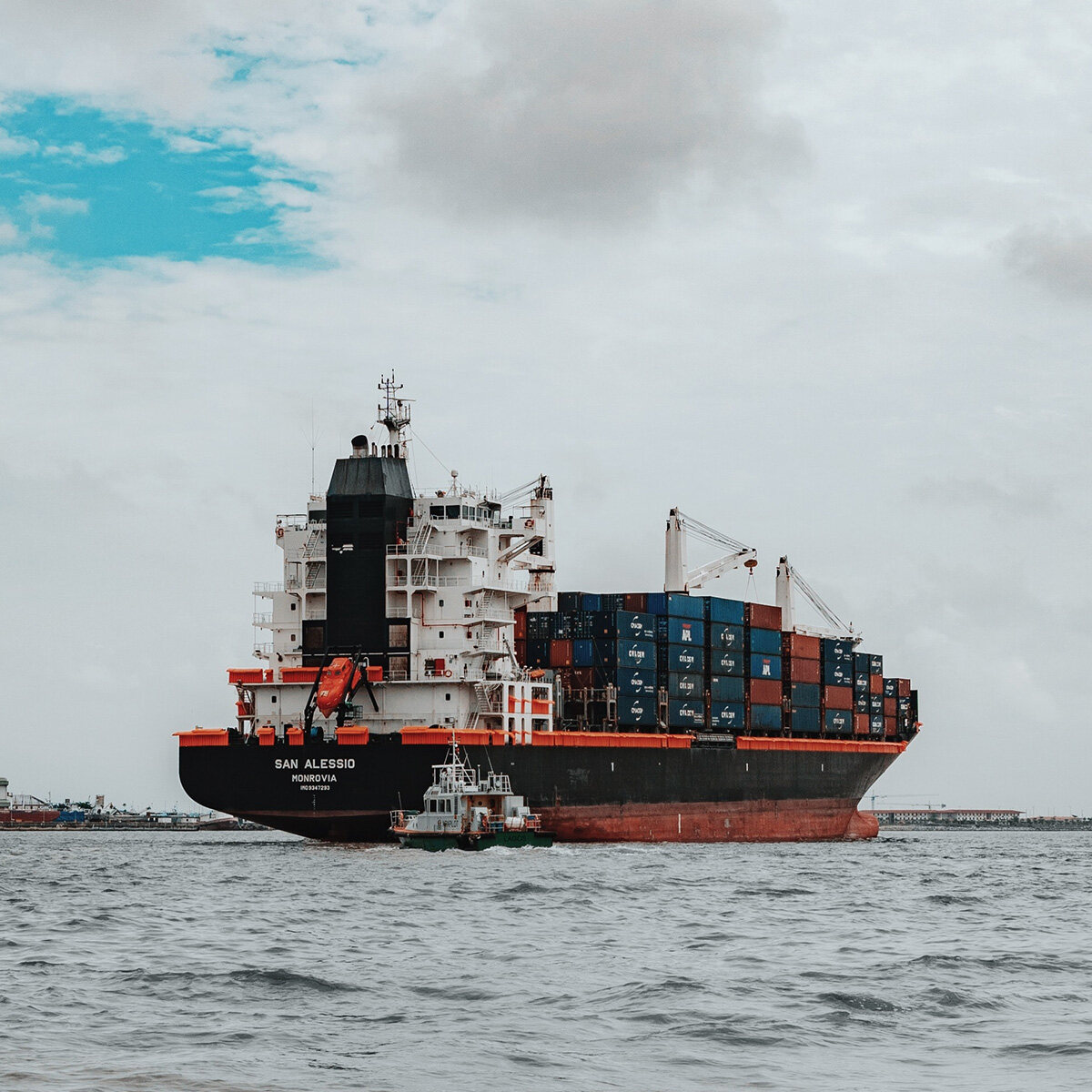
Mode of export by sea
1.Whole cabinet outlet
It is to export in the form of containers. Bulk cargo export is a small CBM or a relatively small cargo. Only when the customer doesn't need it urgently will he choose bulk cargo export. Full container export and bulk cargo export are common export methods for sea transportation.
2.Exit of bulk carrier
To export in the form of bulk cargo, a lot of goods are stacked on plywood, and the goods are relatively miscellaneous. Generally, some large machines, or materials used in heavy industry, as well as some fertilizers, grains, etc. will use bulk cargo ships, which are less used, and the ships may not necessarily call at the port.
3.Ro Ro cargo
It refers to the way that the goods are directly exported through the openings at the bow and stern or both sides of the ship, as well as the gangway on the dock, and loaded onto the ship with a trailer or forklift. Generally, the goods are exported only by cars, which is rarely used, and the ship rarely docks at the port for almost a year.
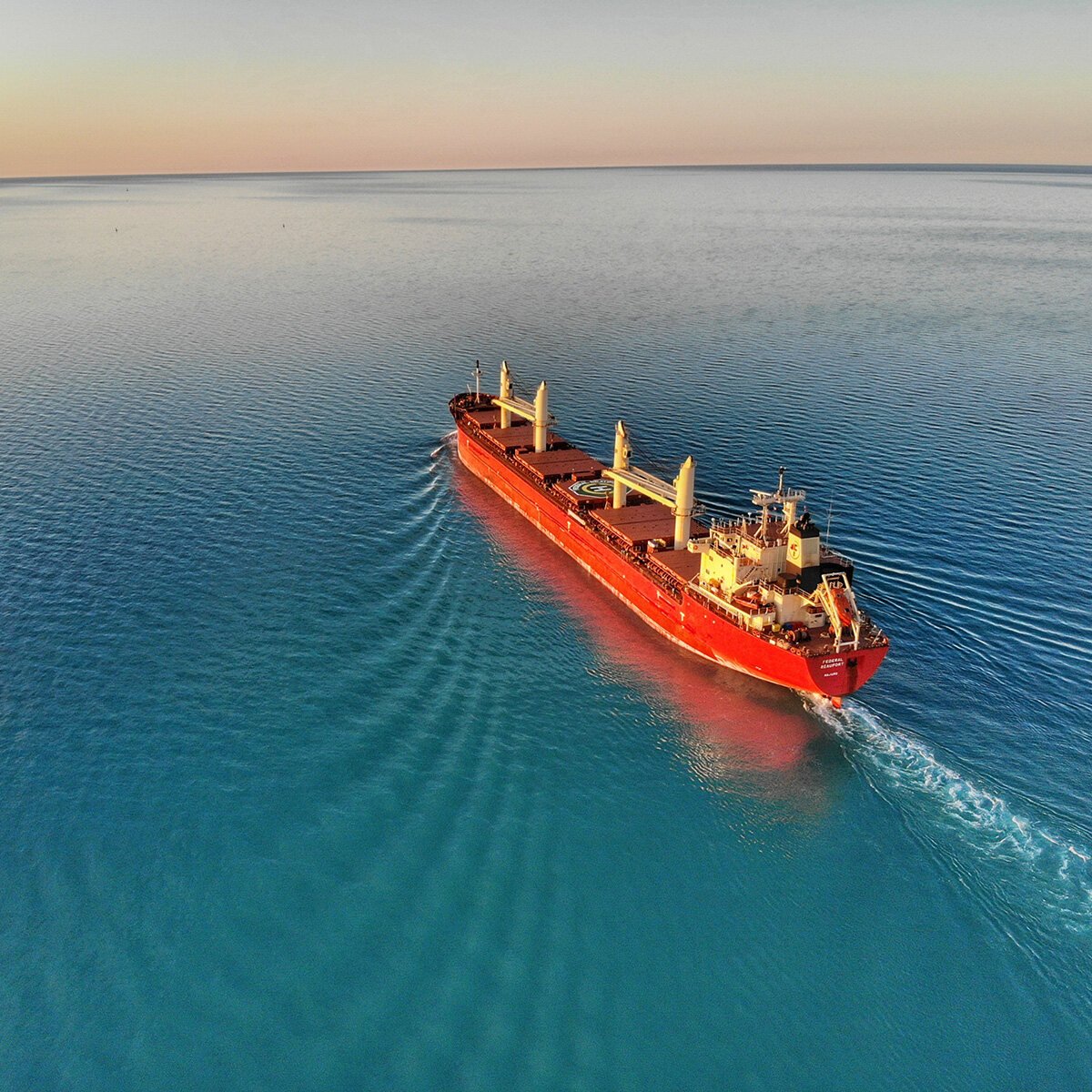
Advantages of sea transportation
Natural channel: It is not limited by roads and tracks, and has stronger traffic capacity. It can adjust and change routes at any time to complete transportation tasks. Large transportation volume: the loading capacity of super giant cruise ships has reached more than 600000 tons, and the loading capacity of the fifth generation container ships has exceeded 5000 TEU (TEU is a standard container, a statistical unit of container usage, and the standard container with a length of 20 feet is used as the standard).
Low freight: the sea transport channel is naturally formed, and the port facilities are generally built by the government. The ship has large carrying capacity, long service life, long transport mileage, and low unit transport cost.
